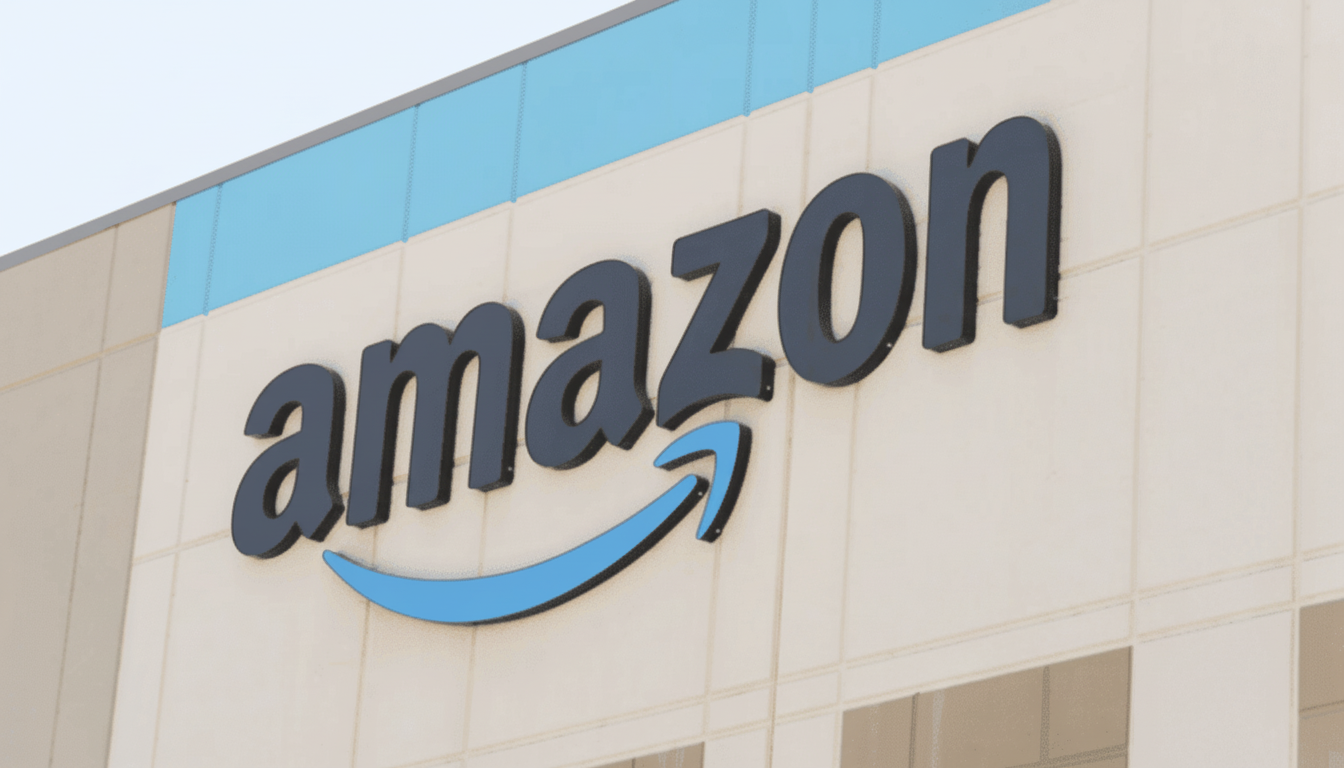Amazon is about to eliminate some 30,000 corporate roles in what would be its biggest white-collar cuts since a series of sweeping reductions were made from 2022–23. The plan, reported by Reuters and based on people who are familiar with the matter, would affect several business groups including those focused on human resources, as well as devices and services, and operations. The company has not commented publicly.
At this scale, the reduction would be nearly as large as the last major restructuring cycle of some 27,000 roles. It highlights a fresh phase of Big Tech’s efficiency drive, in which headcount is shaved away not only for macro softness but to rewire workflows around automation and artificial intelligence.

Why Amazon Is Tidying Its Corporate Ranks
Amazon has been upfront about its use of AI to automate corporate jobs. A memo from CEO Andy Jassy, as reported by CNBC, positioned the company’s efforts to roll out these AI agents across its internal operations (everything from support tickets to vendor management) as a move that would reduce the need for layers of manual coordination. In practical terms, this means fewer traditional program managers, analysts and back-office roles as machines automatically do more.
The company is also rebalancing investment—again, between the United States and China. Amazon is making massive investments in generative AI infrastructure via its AWS offerings, including Bedrock and the Amazon Q assistant, and doubling down on relationships with model providers. Consistently, it has emphasized reallocating resources from legacy scaffolds to these growth vectors in recent earnings calls and product roadmaps.
Where Amazon’s Corporate Cuts Could Hit First
Reuters’ reporting suggests that human resources, devices and services, and operations will be early areas of focus—places where automation can rip out repetitive tasks, and where past restructuring campaigns had already made priorities more clear. The devices group has weathered waves of change as Amazon continues to recalibrate its bets on Alexa and hardware toward clearer monetization, tighter integration with generative AI.
Operations functions long on the short list for tooling upgrades—forecasting, routing, procurement, supplier onboarding—are now supported by digital assistants that serve as AI-powered copilots to compress multi-day tasks into hours. HR is changing too, as AI-powered candidate screening, knowledge retrieval and internal mobility tools reduce the need for large administrative teams.
What It Means for Amazon Staff and Corporate Teams
At Amazon, corporate cuts generally include a combination of severance, continuation of benefits and internal hiring windows based on location and role. Big U.S. layoffs often appear in state WARN filings, which provide the public an early look at locations and headcounts. The effect is expected to be felt in key hubs—Seattle; the Washington, D.C. area; Europe and India.
“Post-pandemic, we will have smaller teams with leaner spans of control and large dependence on AI tooling,” said Mehra. There will be a fundamental shift in the kind of work we’re hired to perform, toward higher-leverage responsibilities such as systems thinking, data stewardship, model oversight and customer-facing work where humans lend judgment and context machines can’t entirely match.

Financial and Strategic Context Behind the Cuts
Cost discipline has been a focus for Amazon as it rebuilds its margins after the pandemic era. Trimming corporate overhead helps operating income while also freeing up capital for things like AI infrastructure, ads and Prime content. AWS is the profit engine and generative AI both a product opportunity and an internal lever to compress costs.
Amazon’s deep cost-cutting measures are not new, and some of the company’s bigger cuts have been advancements on bets before they saw sharp strategic focus. The final cycle then aggregated experimentation into more directed initiatives and rewired capital toward services with more obvious payback dynamics. I would bet you that a similar story is unfolding here: fewer committees and middle layers, more focus on automation-first processes, more closely knit levers between product teams and measurable outcomes.
Tech Industry Backdrop for Amazon’s Job Reductions
Amazon’s move is in line with a broader industry reset. Big platforms slashed hard over the past two years, claiming they needed to redress over-hiring and retool for AI. Challenger, Gray & Christmas reported over 168,000 tech job cuts in just 2023. Now what’s different is the why: Companies aren’t merely trimming—they’re reshaping workflows so that routine corporate tasks are done by software.
To investors, these choices are a sign of commitment to durable efficiency. For workers, they represent a change of skills: prompt engineering, data fluency, product sense and ease with augmented reality are shifting from “nice-to-have” to table stakes in corporate roles.
What to Watch Next as Amazon Restructures Its Workforce
Pay attention to which orgs take the biggest cuts and how soon Amazon backfills with AI-driven tools. Look for signs in internal tooling rollouts, adoption of AWS products inside Amazon and whether customer-facing teams like advertising and marketplace services are adding headcount while staff functions are declining.
If the plan comes in around 30,000 jobs, it would mark a signature moment in Amazon’s evolution from turning its labor force into a headcount-heavy operator of human machines to an AI-native company aspiring to be almost completely free of frail humans. The company’s warning is increasingly straightforward: future growth will be constructed on fewer manual handoffs, more machine help and a corporate culture honed for speed.

